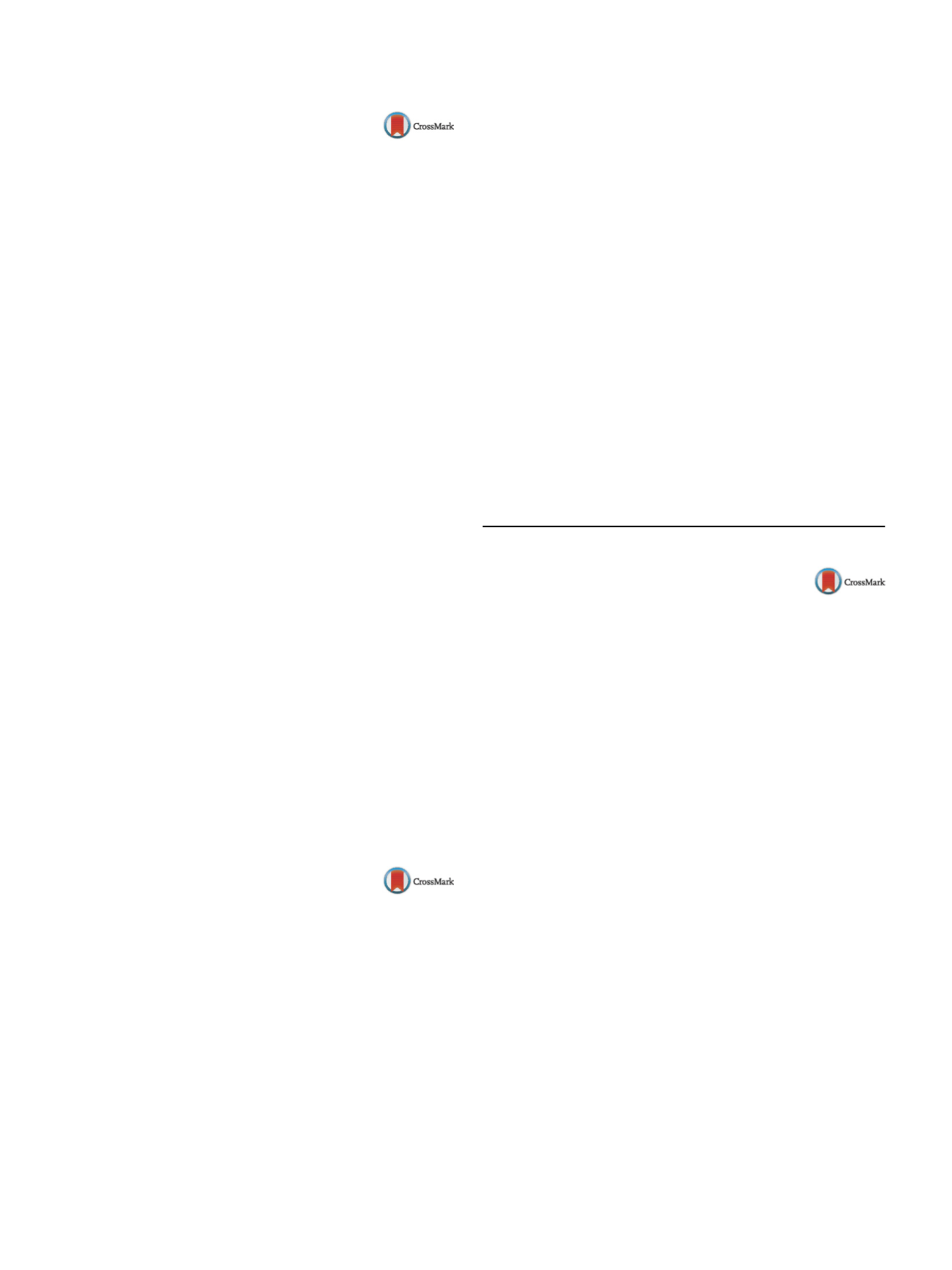

S856
25th European Congress of Psychiatry / European Psychiatry 41S (2017) S847–S910
EV1373
Kleine–Levin syndrome. A case report
S. Sanz Llorente
1 ,∗
, Z. González Vega
1,
P. Bernal Romaguera
2, A.I. Ojeda Martinez
3, T. Ventura Faci
4,
J.C. Marco Sanjuan
51
Hospital Obispo Polanco, Psiquiatría, Teruel, Spain
2
Centro de rehabilitación psicosocial Nuestra Se˜nora del Pilar,
Psiquiatria, Zaragoza, Spain
3
Hospital San Jorge, Psiquiatria, Huesca, Spain
4
Hospital Clinico Universitario Lozano Blesa, Psiquiatria, Zaragoza,
Spain
5
Hospital clínico universitario Lozano Blesa, Psiquiatria, Zaragoza,
Spain
∗
Corresponding author.
Introduction
Nowadays, 30% of the Spanish population suffers
from some form of sleep disorder, occupying much of the visits to a
psychiatrist. Sleep disorders are not a serious condition by itself,
but have serious implications in daily life: physical exhaustion,
poor performance, daytime sleepiness. Insomnia is amost common
sleep disorder, however, hypersomnia must also be considered due
to the limitations that it causes.
Objective
By the description of case report, we will carry out a
review of the syndrome Kleine Levine.
Methods
Case report.
Results
A case of Kleine–Levin syndrome in a 23-year-old male
is described. The episodic disorder was characterized by excessive
sleep, voracious appetite, hyper-sexuality, irritability and memory
loss. Among its history, he included a psychotic episode in child-
hood and an episode of behavioral disorder caused by a stressful
situation. His partner refers a similar episode of hypersomnia last
year that was self-limiting in 15 days and he did not go to the doc-
tor. Patients often act normal between episodes. Remission was
spontaneous. Prospects, for organic aetiology, differential diagno-
sis. However, arises additional tests (analytical, brain CT, EEG
. . .
)
resulted no pathological. Patient fulfilled the criteria for KLS, but
due to the rarity of the disorder he was previously diagnosed as
psychosis not otherwise specified.
Conclusions
This case report aim to highlight that KLS though
considered a rare disorder but not uncommon and lack of enough
available research data is likely to be responsible for missed or
erroneous diagnosis; thus we require more systematic studies
regarding etiologies and treatment.
Disclosure of interest
The authors have not supplied their decla-
ration of competing interest.
http://dx.doi.org/10.1016/j.eurpsy.2017.01.1703EV1374
Evaluation of insomnia management
in the elderly by general practitioners
M. Turki
∗
, J. Aloulou , N. Halouani , R. Ennaoui , O. Amami
Hedi Chaker University Hospital, Psychiatry “B” Department, Sfax,
Tunisia
∗
Corresponding author.
Introduction
Insomnia is the most common sleep disorder in the
elderly. Its management must take into account the physiological
changes associated with age, a higher frequency of co-morbidities
and polypharmacy.
Aim
To evaluate the management of insomnia in the elderly
patients by general practitioners and to compare it with interna-
tional recommendations.
Methods
We conducted a cross-sectional and descriptive study
among general practitioners in Sfax over a period of two months
(January and February 2016). We proposed to these doctors to par-
ticipate in our study by sending to them a questionnaire in their
emails, which they fill anonymously.
Results
A total of 32 doctors responded to the questionnaire.
Among them, 62.5% reported that they often or very often receive
elderly consulting for insomnia. Before prescribing hypnotic drugs,
65.6% of practitioners reported that they often advise lifestyle
and dietary rules. The most prescribed hypnotic classes were:
benzodiazepines (BZD) 59.37%; antihistamines 59.37% and home-
opathic treatments 56.25%. In the last prescription, the treatment
period exceeded 30 days in 18.75%. As for the prescription of BZD,
molecules with long half-life were used in 37.48% of cases, and the
dosage was identical to adult in 34.4% of cases.
Conclusion
The prescription of hypnotic treatment in the elderly
meets a logical approach to care, after an accurate diagnosis, taking
into account psychiatric and somatic co-morbidities, the precau-
tions and contraindications. In this context, we have identified
several shortcomings in themanagement of insomnia in the elderly
in general practice. A multiplication of training on this subject is
needed.
Disclosure of interest
The authors have not supplied their decla-
ration of competing interest.
http://dx.doi.org/10.1016/j.eurpsy.2017.01.1704e-Poster viewing: Substance related and addictive
disorders
EV1375
A comparison and contrast of
cannabis and amphetamine-type
stimulant induced psychoses
F. Alharbi
King Abdulaziz Medical City, Mental Health, Riyadh, Saudi Arabia
Background
The term “psychosis” is very broad. Substance users
represent one groupwith particularly high rates of psychotic symp-
toms.
Objective
This review will present an update on cannabis and
amphetamine-type Stimulant (ATS) andwill try to differentiate and
compare their associated psychotic features.
Method
A systematic literature search was conducted from
1980 to date in the following databases: MEDLINE, PsycINFO
and PubMed. Articles were included if they were highlighting
substances induced psychoses, with particular emphasis on stim-
ulants/amphetamine/methamphetamine and cannabis/marijuana
induced psychoses,
schizophrenia-spectrum disorder or
schizophrenia.
Results
There are many differences between these two sub-
stances regarding source, neurobiological processes, average
latency periods before developing psychosis, clinical features as
compared to schizophrenia, risk of using drugs and developing psy-
chosis and drugs use and development of schizophrenia and urine
screening test. With the recent proposals to regulate cannabis use,
a further investigation of the association of this use with psychosis
is required.
Conclusions
Our search elicited many studies of one substance
and its association with psychosis but few comparative studies
across substances. Yet in our opinion, these comparisons could shed
further insight on the development of psychotic features.
Disclosure of interest
The author has not supplied his/her decla-
ration of competing interest.
http://dx.doi.org/10.1016/j.eurpsy.2017.01.1705

















